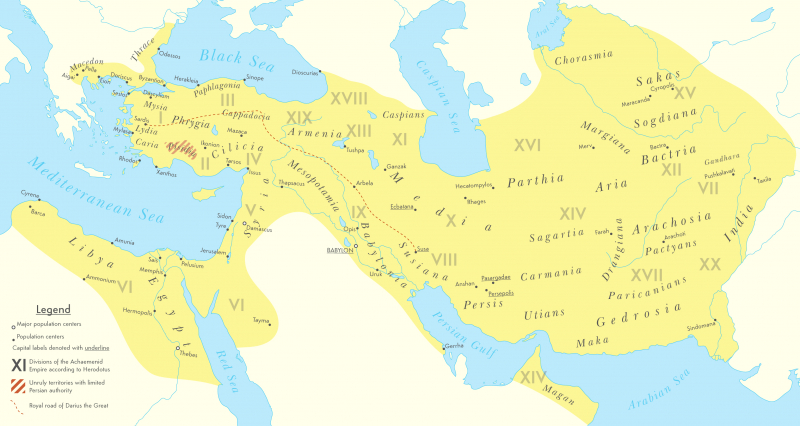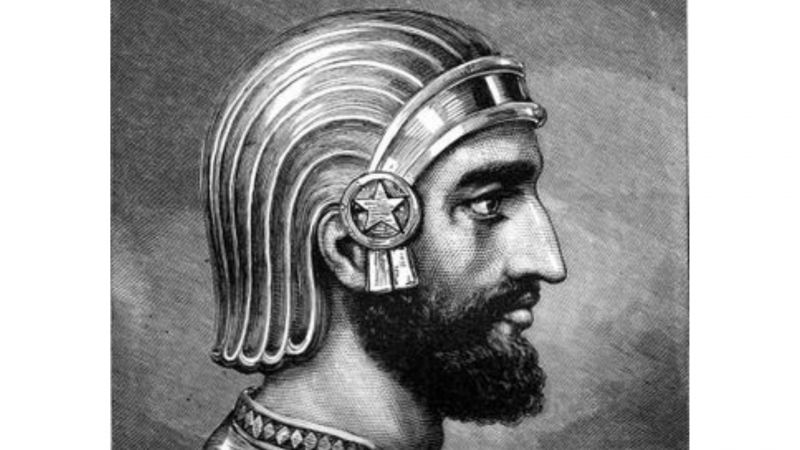The Establishment Of The Achaemenid Empire
The Medians controlled considerable areas, particularly in Iran and Eastern Anatolia. Cyrus had gained control of Ecbatana, the Median capital city, by 550 BC. The fact that Cyrus was the grandson of the exiled Median monarch Astyages meant that he had little trouble establishing himself as the legitimate heir to the throne. Additionally, Cyrus received the entire territory that the Median kings ruled. Cyrus the Great founded the Achaemenid Empire of Persia in 550 BC after defeating King Astyages of Media, who controlled a large portion of Iran and Eastern Anatolia. In Persia, Cyrus the Great took control in 559 BC. It is well known that the Achaemenid Empire was the biggest empire in antiquity. It spanned from Anatolia and Egypt to North India and Central Asia in Western Asia. Armenia, Cappadocia, Parthia, Aria, and Hyrcania were also a part of it.
Because Cyrus was the great-great-grandson of Achaemenes, the first Persian king, the empire was given that name. To keep things in order after founding the empire, Cyrus practiced religious and cultural tolerance. The empire grew much more under Darius the Great. He changed the value of the currency and chose the satraps, or regional rulers, to preside over the empire's lesser regions. After some time, the empire's riches and power rose, and Darius decided to build Persepolis as its capital. The conflicts that Media was conducting against Lydia and the Neo-Babylonian Empire were also passed down to Cyrus along with the Median Empire's great wealth and territory. Cyrus had to put down quite a few uprisings from former Median vassals and tributaries after the Median Empire fell. The Central Asian nations of Saka and Bactria (or Bactriana) are two examples of those that rebelled.









